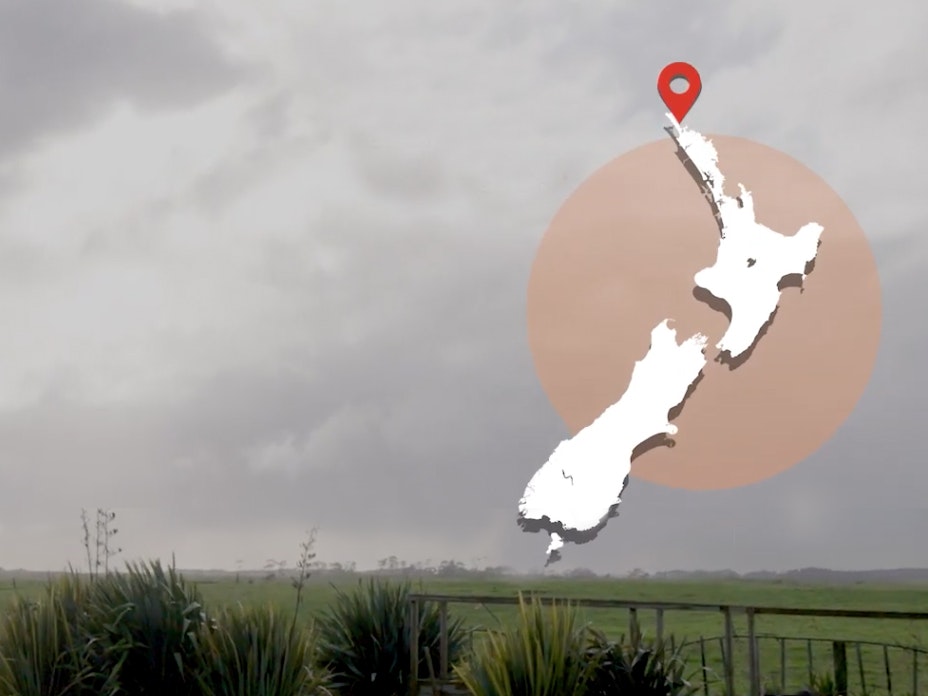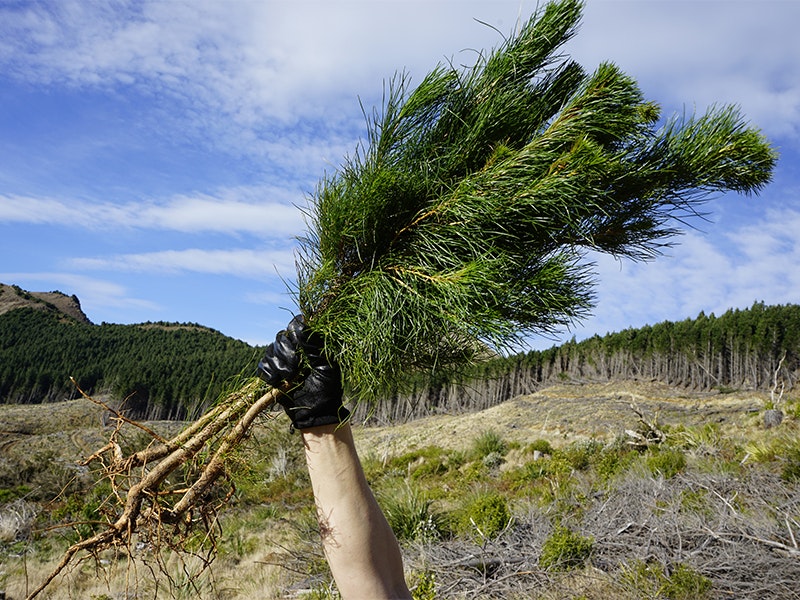
The loneliest tree: Kaikōmako manawatāwhi
Saving one of the world’s rarest trees, the kaikōmako manawatāwhi | Three Kings kaikōmako (Pennantia baylisiana): a story of species recovery work for ‘the loneliest tree’ undertaken by Ngāti Kurī and Manaaki Whenua – Landcare Research.
